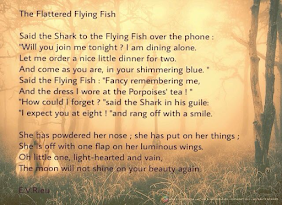"Crafting Minds through Writing" - by Shanice Phipps
My Perspective on Teaching of Writing
As I embark on the journey of teaching writing, I cannot help but to reflect on how I viewed writing prior to taking this course. Personally, writing has been a challenging aspect of Language Arts and is not a strong-suit of mine as I sometimes struggle with being expressive. Writing seemed like a lengthy, boring process and as an infant teacher throughout my years, I did not have to engage in in-depth writing with my students. I have always admired a 'good' piece of writing, nonetheless.
I believe that challenges are good opportunities for growth and thankfully, I have acquired a variety of writing strategies and mechanisms that have helped me to develop a love for writing and the teaching of writing. By implementing differentiated instruction, providing constructive feedback, and incorporating engaging writing prompts, I aim to meet students where they are and guide them towards improvement. In addition, considering the writing process along with the conventions of writing, I am now able to continuously improve on my writing abilities and better cater to the writing needs of my students.
Teaching writing is more than just imparting grammatical rules and sentence structures. It's an art that involves unlocking the creative potential within each student. As a teacher in training, I've come to understand that fostering a conducive environment for self-expression is paramount. By creating a safe and encouraging space, students can explore their thoughts, widen their vocabulary, and develop a genuine passion for writing.
Currently, one of the most anticipated aspects of teaching writing is to witness the growth of my students' writing over time. From hesitant beginnings to confident expressions, the evolution of a student's writing skills is a testament to the impact of effective teaching. As I navigate my role in shaping these transformations, I am inspired by the prospect of instilling a lifelong love for writing in my students.
Conclusively, in my journey as a teacher in training, I recognize the profound responsibility and privilege of shaping young minds into articulate and expressive individuals. Navigating challenges and celebrating growth are all integral components of this indelible process. As I continue on this path, my aspiration is not only to teach writing but to ignite a passion for storytelling and self-expression that will resonate throughout my life and my students' lives.
Thank-you !!











.png)













